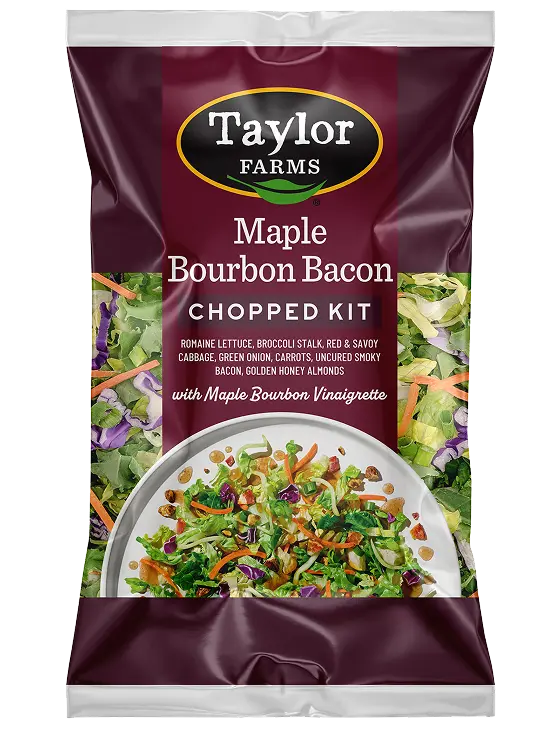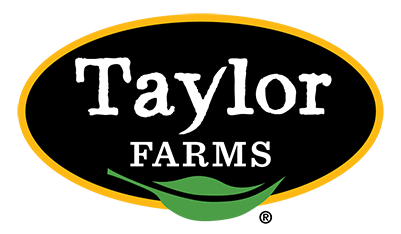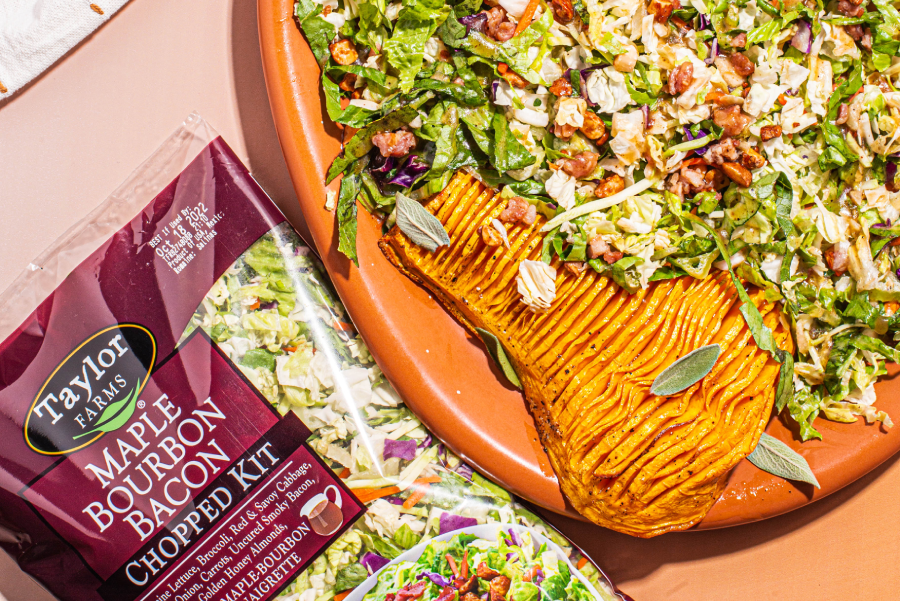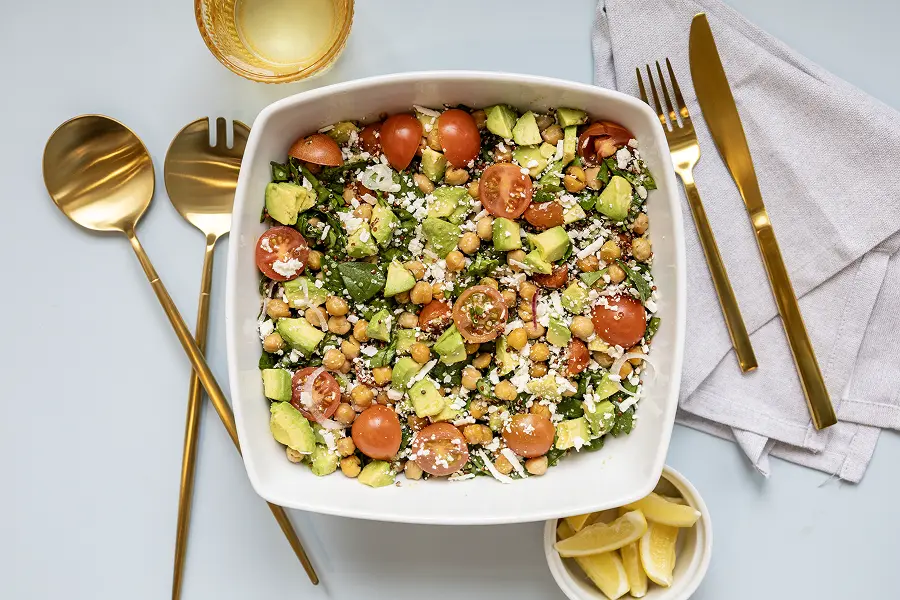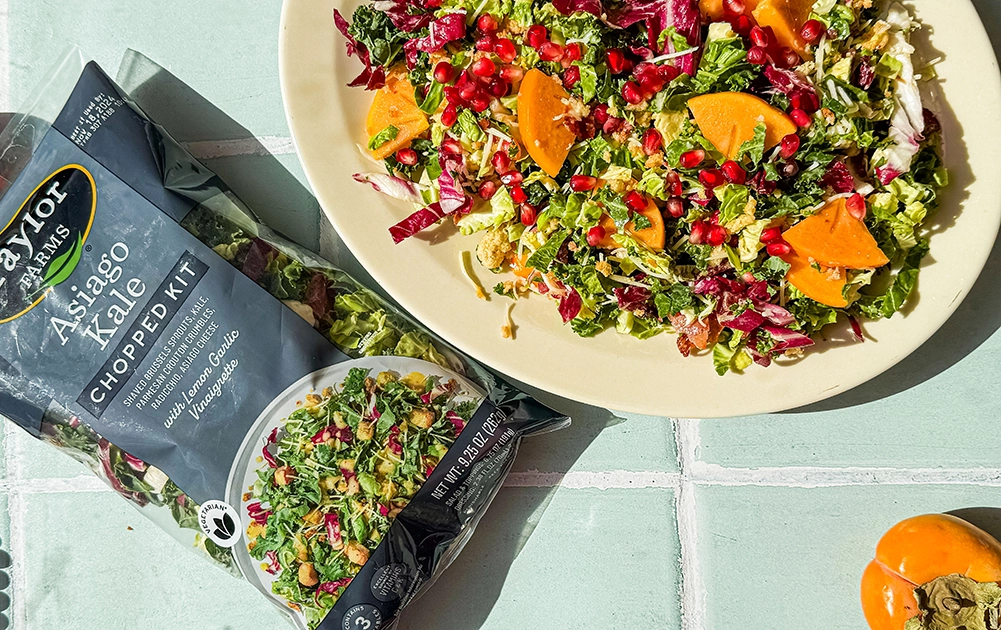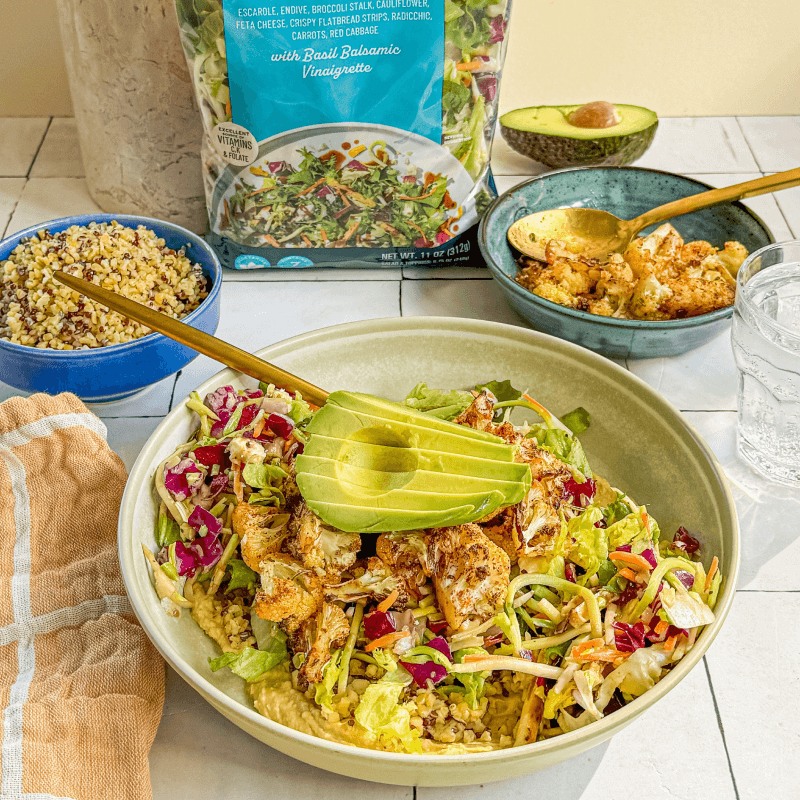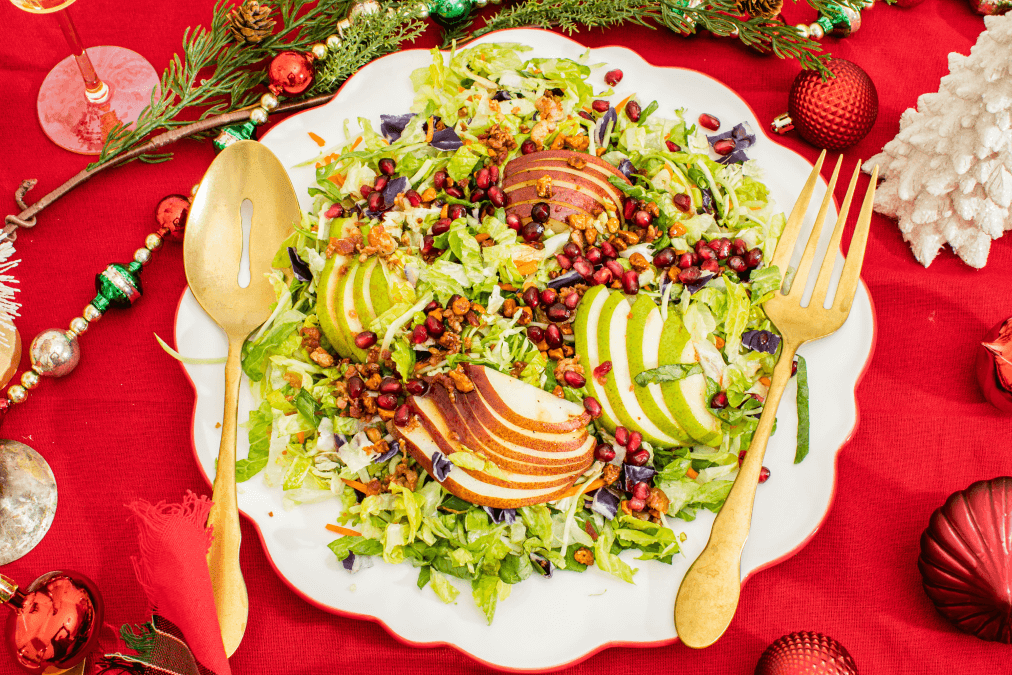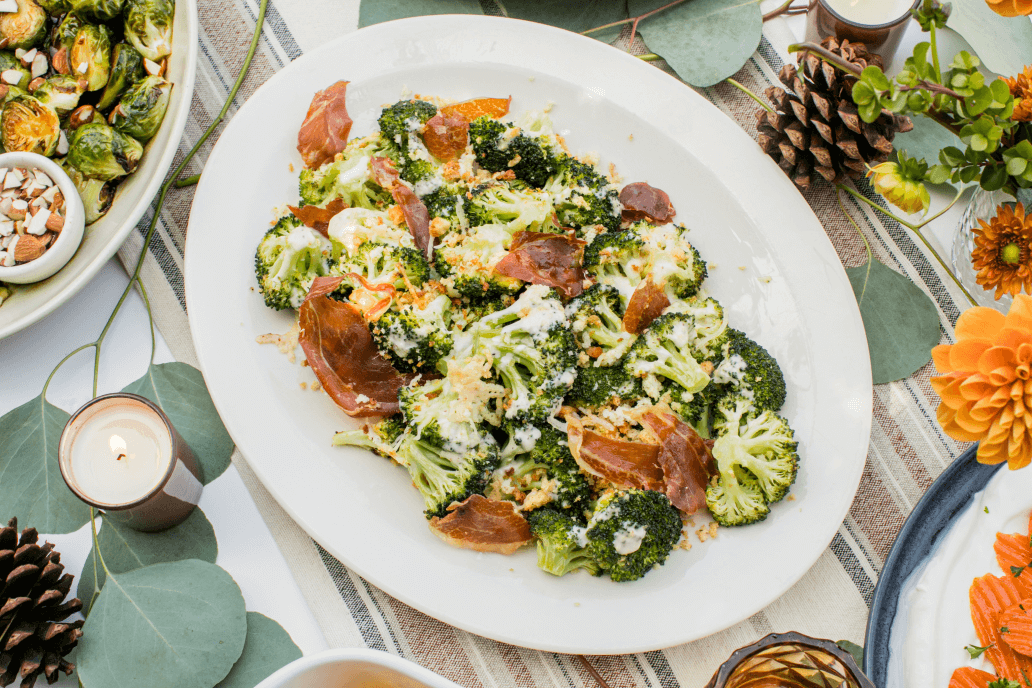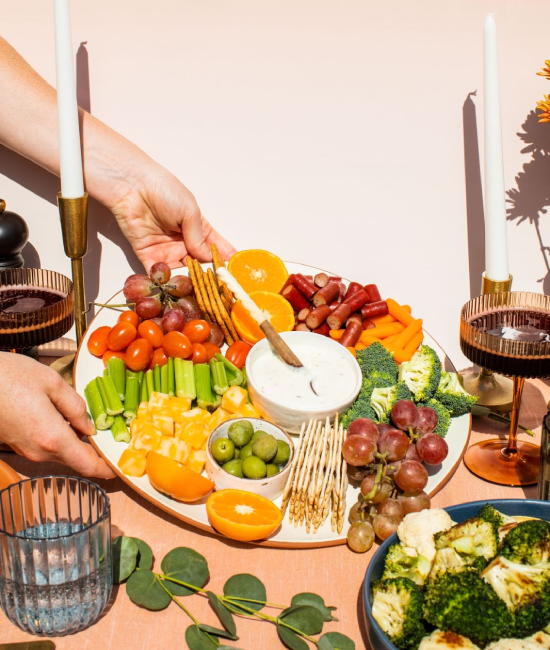Ingredients
- 3 Taylor Farms Maple Bourbon Bacon Chopped Salad Kits
- 1 butternut squash
- Olive oil
- Salt and pepper, to taste
Directions
- Preheat the oven to 425°F. Peel the butternut squash until there is no white remaining. Cut in half lengthwise and clean out the inside of the squash by removing seeds and flesh. Place the squash, cut side facing down, onto a sheet pan and drizzle generously with olive oil and rub to coat evenly. Season with salt and pepper. Roast for 20 minutes.
- Carefully remove the squash from the oven. Using a sharp knife, score the outside of the squash ¾ deep, without cutting all the way through it. Brush the Maple Bourbon Vinaigrette from one of the salad kits over the squash. Place back in the oven and roast for about 30 more minutes, or until tender.
- Assemble the Maple Bourbon Bacon Salad with dressing and all of the toppings except for honey almonds.
- When ready to serve, place the roasted butternut squash on a serving plate and top with the assembled salad. Sprinkle the honey almonds from the kit over the dish and serve immediately.
Hasselwhat?
Wondering what “hasselback” means? That’s fine, you’re probably not alone. The term refers to a cooking method in which you make thin, even slices from the top down but stop before cutting all the way through. ‘Hasselbacking’ food, such as potatoes or squash, makes it look like an accordion when you’re done, but this preparation method is not only about looks. The thin slices create more surface area for flavors to get in, while also encouraging more texture to develop during cooking.
So, where did this simple yet effective method come from? Some say it originated at the Hasselbacken Restaurant and Hotel in Stockholm but somehow managed to avoid popularity for several decades. But that’s obviously changed because you’re reading about it now. And while hasselbacking is widely considered to be more suited for things like potatoes and squash, don’t let that stop you from trying it out on whatever you want—we won’t judge.
